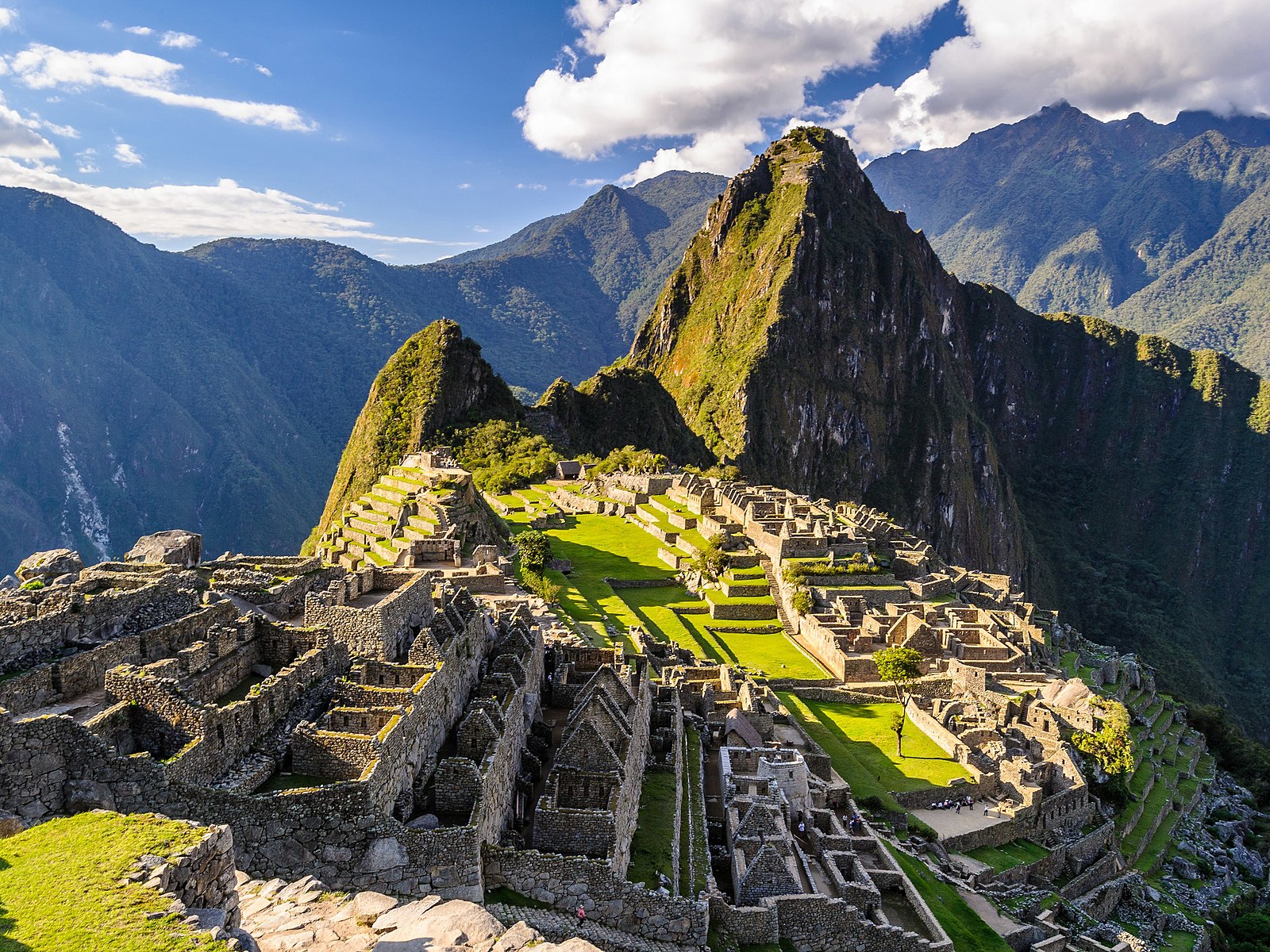

Archaeologists have uncovered a circular tomb in Peru’s Atico River Valley filled with the skeletons of 24 individuals, offering rare physical evidence of conflict among ancient societies in this part of the country.
The remains, discovered at a site known as El Curaca, include men, women, and children buried together in a large circular stone tomb. Many of the skeletons show signs of fatal injuries, including damage consistent with close combat. Researchers believe the group likely died in a violent clash and were later buried by survivors from their community.
The excavation is led by Jósef Szykulski of the University of Wrocław in Poland, whose team began work at the site in October 2024. El Curaca lies in a region once occupied by the Chuquibamba or Aruni people, who lived there between A.D. 1000 and 1450. Aside from rock carvings on nearby cave walls, very little is known about these groups.
Inside the tomb, archaeologists discovered not only human remains but also a range of grave goods. These included broken pottery, tools made from bone and stone, dried corn cobs, and fragments of textiles. Each body had been wrapped in cloth before burial—an indication, researchers say, that the dead were treated with care and respect.
According to the translated statement shared by Szykulski, the presence of valuable items suggests that the deceased may have belonged to the victorious side of the battle. Their surviving kin may have honored them with a communal burial, complete with offerings to mark their status or role in the conflict.
Work at the site is ongoing and expected to continue through the end of April. Szykulski’s team uses 3D scanning technology to document the skulls while preserving fragile fabrics and analyzing the ceramic and wooden objects within the tomb.
The National Science Centre of Poland funded the research. In the project’s next phase, the team plans to conduct ancient DNA testing. This will help shed light on the genetic background of the people buried at El Curaca and provide a clearer picture of the region’s early populations, which predate the rise of the Inca Empire.
The discovery adds a new layer of understanding to the history of the Atico River Valley and may offer one of the clearest signs yet of organized conflict among pre-Inca cultures in the region.
